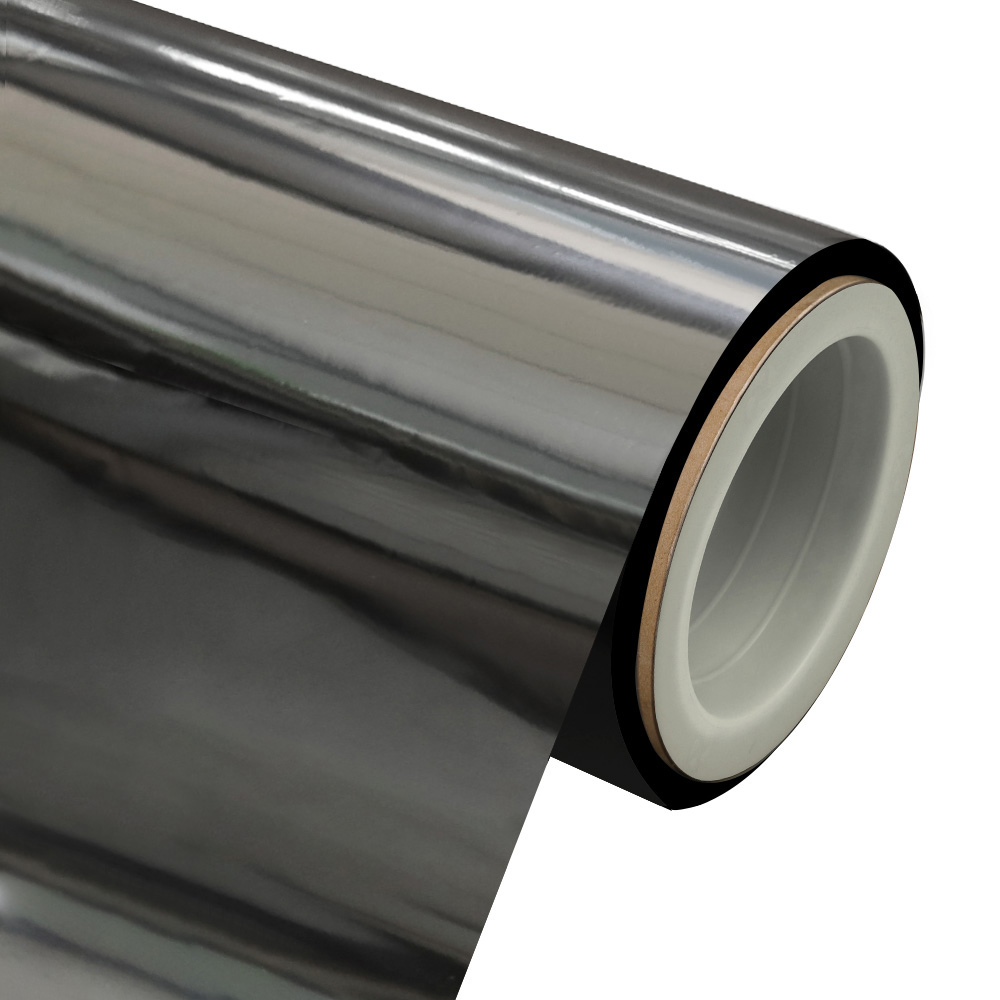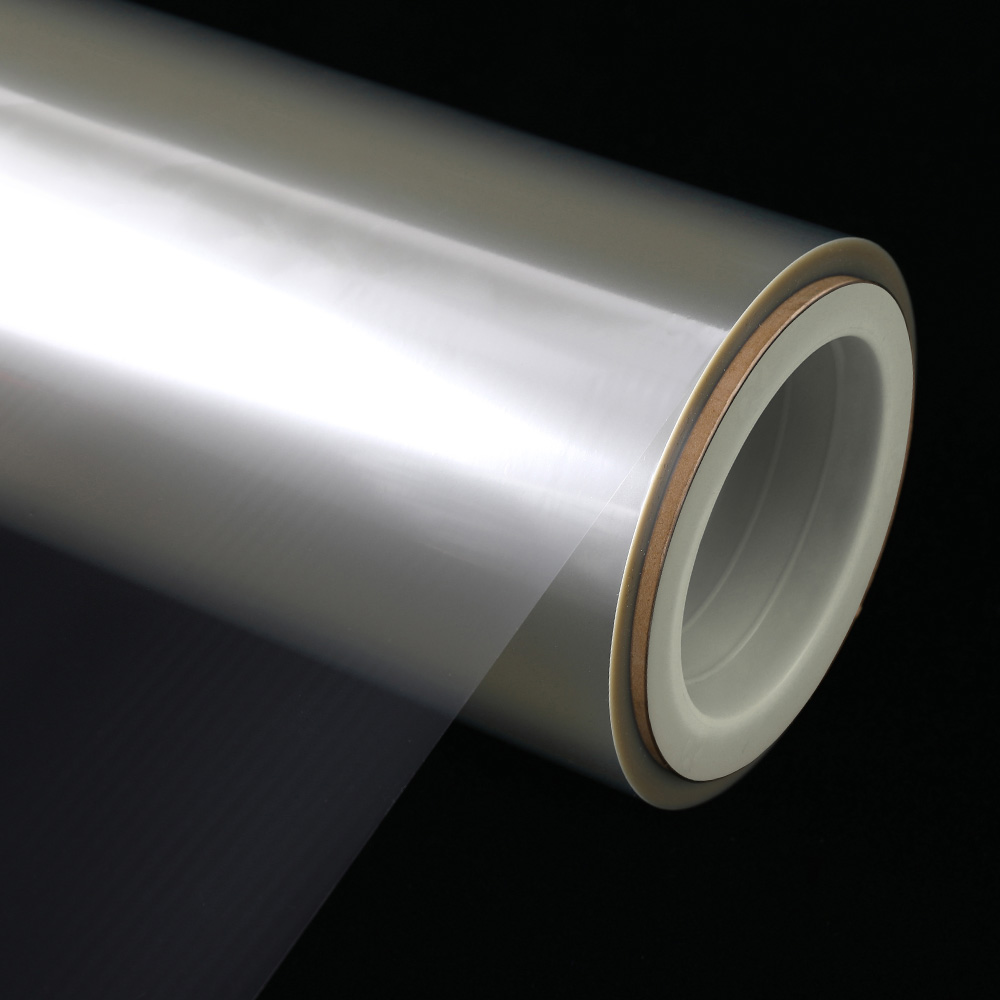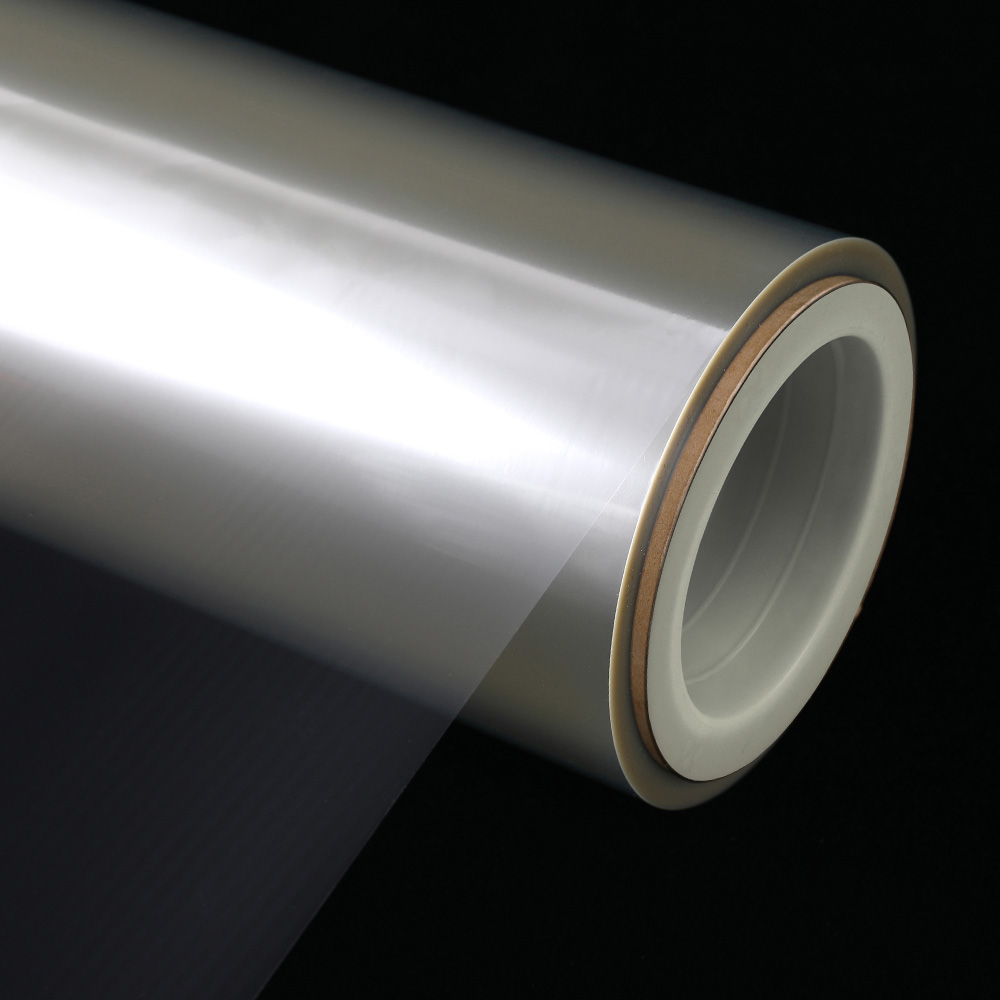Breaking Down the Layers: What Makes Up High Bonding Metallized CPP Film?
In the sophisticated world of flexible packaging, the quest for materials that offer superior protection, enhanced aesthetics, and reliable performance is unending. Among the many engineered solutions available, one stands out for its unique combination of properties: high bonding metallized cpp film. This material has become a cornerstone for applications demanding excellent barrier qualities, robust durability, and strong lamination integrity. But what exactly constitutes this advanced film? To truly appreciate its value and functionality, it is essential to move beyond viewing it as a simple, monolithic sheet and instead understand it as a complex, multi-layered composite. Each layer is precisely engineered to contribute a specific set of characteristics, and their synergy is what defines the film’s ultimate performance.
The Foundation: Understanding the CPP Substrate
At the very heart of high bonding metallized cpp film lies the base substrate: cast polypropylene. This choice of base material is not arbitrary; it is the fundamental determinant of many of the film’s key physical and mechanical properties. CPP, or cast polypropylene, is a thermoplastic polymer produced through a casting process where the polypropylene melt is extruded through a flat die onto a chilled roll, which quenches it into a film. This manufacturing method results in a material that is distinct from its oriented counterparts, such as OPP (oriented polypropylene).
The most significant characteristic imparted by the CPP base is its inherent heat sealability. Unlike oriented films, which often require a separate sealant layer, the CPP substrate itself can be sealed directly through the application of heat and pressure. This property is crucial for the final packaging application, as it ensures the creation of strong, hermetic seals that are essential for product integrity and shelf life. Furthermore, the unoriented nature of CPP gives it excellent clarity and gloss, providing a brilliant, sparkling background that enhances the visual appeal of the subsequent metallized layer. It also offers good flexibility and softness, making it suitable for packaging formats that require a degree of pliability, such as stand-up pouches.
The CPP substrate also contributes strong resistance to chemicals and moisture. While its inherent water vapor barrier is good, it is the combination with the metallized layer that elevates this property to a high-performance level. The surface of the base CPP film is typically treated, often via corona treatment, to increase its surface energy. This pre-treatment is a vital step that ensures optimal adhesion for the thin metal layer that will be deposited onto it, preventing delamination and ensuring a uniform, defect-free metallic finish. In essence, the CPP substrate provides the structural backbone, the sealing capability, and a pristine canvas upon which the functional barrier layer is built. The selection of a high-grade, consistent CPP film is the first and most critical step in manufacturing reliable high bonding metallized cpp film.
The Metallic Shield: The Art and Science of Metallization
The second critical component in this composite structure is the metallic layer. This is not a foil laminate, but an ultra-thin, vacuum-deposited coating of metal, typically aluminum, that is measured in angstroms. The process of metallization is a sophisticated application of vacuum deposition technology that transforms the transparent CPP film into a high-performance barrier material.
The metallization process begins by loading the base CPP film onto a large roll within a vacuum chamber. The air is then evacuated from the chamber to create a high vacuum, a necessary condition to prevent oxidation and allow the metal vapor to travel unimpeded. Inside the chamber, an aluminum wire is fed into a heated crucible where it is vaporized. This vapor condenses onto the cooler surface of the continuously moving CPP film, forming a microscopically thin, uniform metallic layer.
The primary function of this metallic layer is to create a superior barrier against light, oxygen, and moisture. The layer of aluminum atoms acts as a physical shield, reflecting and absorbing harmful wavelengths of light that can degrade photosensitive products and preventing the transmission of gases and water vapor that can lead to spoilage, oxidation, and loss of product quality. This barrier performance is a key reason why high bonding metallized cpp film is so widely used for preserving the freshness, flavor, and aroma of food products.
Beyond its functional role, the metallized layer provides a brilliant, high-gloss metallic appearance that conveys a sense of premium quality and value. It offers an excellent, consistent surface for printing, allowing for vibrant graphics and high-contrast branding. It is important to note that the metallized layer is semi-transparent to some frequencies, which allows for the use of specialized metal detection systems in production lines—an important consideration for food safety protocols. The thickness and uniformity of this metal layer are precisely controlled, as they directly influence the film’s barrier properties, optical density, and overall performance. This delicate metallic shield, while incredibly thin, is what elevates the film from a simple sealant web to a formidable protective barrier.
The Critical Interface: Decoding the “High Bonding” Surface
While a standard metallized CPP film offers good barrier properties, the “high bonding” characteristic is what truly sets this specialized variant apart and defines its performance in complex laminated structures. The term “high bonding” refers specifically to the treated surface on the non-metallized side of the film, designed to form an exceptionally strong adhesive bond with other materials.
This high-bonding surface is typically created through one of several treatment methods. A common approach is the application of a specialized coating, often a primer or a tie-layer, that is co-extruded with the base CPP or applied offline. This coating is formulated with specific chemical groups that exhibit high affinity for the adhesives used in lamination processes, such as polyurethane or solvent-based adhesives. Another prevalent method is treatment via corona discharge. In this process, the film surface is exposed to a high-voltage electrical discharge, which oxidizes the surface and creates polar functional groups. This increases the surface energy and dramatically improves its wettability and adhesion potential.
The performance of this high bonding surface is critical for the integrity of the final packaging. In a typical laminated structure, the high bonding metallized cpp film acts as the inner sealant layer, bonded to an outer printing web like PET or BOPP. The strength of the bond between these layers must withstand the stresses of packaging filling, handling, transportation, and storage. A weak bond can lead to delamination—the separation of the layers—which compromises the package’s barrier properties, mechanical strength, and ultimately, the safety of the product within. A high bonding strength ensures that the laminate remains intact, maintaining the package’s protective function throughout its lifecycle. This makes high bonding metallized cpp film the material of choice for heavy-duty applications, liquid packaging, and products with sharp edges that might otherwise cause weaker laminates to fail. The “high bonding” attribute is, therefore, not a minor feature but a fundamental engineering solution to a critical performance requirement.
Synergy in Action: How the Combined Layers Create Unique Properties
The true power of high bonding metallized cpp film is not merely the sum of its individual parts, but the synergistic effect that arises from the combination of the CPP substrate, the metallized layer, and the high-bonding surface. This synergy creates a set of properties that would be difficult or impossible to achieve with any single-layer material.
The most prominent synergistic property is the enhanced barrier performance. While the CPP substrate provides a good moisture barrier, the metallized layer multiplies this effect and adds a formidable barrier against oxygen and light. This combined barrier is essential for extending the shelf life of sensitive products, protecting them from external elements that cause degradation. Furthermore, the puncture and abrasion resistance of the CPP base is complemented by the metallic layer, which adds a degree of stiffness and toughness, making the final laminate more durable and less prone to pinholing or damage during transit.
Another key synergistic effect is the balance of machinability and seal integrity. The softness and inherent heat-sealability of the CPP layer allow for the creation of strong, consistent seals on high-speed vertical and horizontal form-fill-seal (VFFS/HFFS) equipment. The high-bonding surface ensures that this sealant layer remains firmly attached to the stronger, print-receptive outer web of the laminate. This allows packagers to benefit from the excellent sealing performance of CPP without sacrificing the graphic and structural capabilities of other films. The result is a packaging material that runs efficiently on machinery, produces a reliable package, and offers outstanding product protection. This synergy makes high bonding metallized cpp film an exceptionally versatile and reliable component in the flexible packaging converter’s toolkit.
Key Applications Leveraging the Material’s Composition
The specific composition of high bonding metallized cpp film makes it ideally suited for a wide range of demanding packaging applications. Its properties directly address the needs of industries where product preservation, packaging integrity, and aesthetic appeal are paramount.
In the food and beverage industry, it is extensively used for packaging snacks, confectionery, coffee, dehydrated soups, and powdered milk. The high barrier properties protect against moisture and oxygen, keeping products crisp and fresh, while the metallized look enhances shelf appeal. For liquid products, such as sauces, dressings, and liquid dairy, the combination of the high moisture barrier and the strong lamination integrity provided by the high-bonding surface prevents leakage and delamination, ensuring the package remains robust.
The pharmaceutical and medical packaging sector also relies on this film. It is used in pouch packaging for tablets, powders, and medical devices where moisture protection is critical to maintain efficacy and sterility. The material’s ability to be sterilized, along with its strong seal integrity, makes it a trustworthy choice for protecting sensitive healthcare products.
Beyond these, high bonding metallized cpp film finds use in industrial applications, such as for packaging chemical agents, agricultural products, and electronic components that require a barrier against humidity and corrosive gases. The durability of the laminate protects the contents from the rigors of shipping and handling. In every case, the application directly leverages the multi-layered design of the film: the barrier from the metallization, the sealing from the CPP, and the reliability from the high-bonding surface.
Selection Criteria: What Buyers and Wholesalers Should Consider
For buyers and wholesalers, understanding the composition of high bonding metallized cpp film provides a critical foundation for making informed sourcing decisions. Selecting the right grade of film requires a careful evaluation of several technical parameters that directly correlate with its layered structure.
First, the base CPP gauge must be considered. Thicker gauges generally offer better mechanical strength and puncture resistance but at a higher cost. The required thickness depends on the product’s weight, shape, and abrasiveness. Second, the metal layer uniformity and optical density are key indicators of barrier performance. A more consistent and dense metal layer will provide a superior barrier against oxygen and moisture. Third, and perhaps most crucial for laminate performance, is the bond strength value. This is quantitatively measured, often in grams per inch or Newtons per centimeter, and suppliers should be able to provide certification data. A higher bond strength is necessary for demanding applications involving heavy products, liquids, or aggressive filling processes.
Other important factors include the heat seal performance of the CPP side, including its seal initiation temperature and hot tack strength, which affect packaging line speed and seal integrity. The surface treatment level of the high-bonding side, measured in Dynes/cm, should be verified to ensure compatibility with specific laminating adhesives. Finally, critical quality control aspects like low gel count and excellent optical properties (haze and gloss) are essential for a defect-free appearance, especially for consumer-facing packaging. By scrutinizing these specifications, which are all direct outcomes of the film’s manufacturing process and layered design, buyers can ensure they are procuring a high bonding metallized cpp film that is fit for its intended purpose, thereby minimizing production issues and ensuring end-customer satisfaction.
The following table summarizes the key selection criteria and their relevance:
| Selection Criterion | Description & Relevance |
|---|---|
| Base CPP Gauge | Determines the film’s thickness, impacting mechanical strength, stiffness, and cost. |
| Optical Density | Measures the opacity of the metal layer, directly correlating to light and gas barrier performance. |
| Bond Strength | Quantifies the adhesion force of the high-bonding surface, critical for laminate integrity. |
| Heat Seal Performance | Defines the temperature and strength of seals made from the CPP side, affecting packaging speed and integrity. |
| Surface Treatment Level | Ensures the high-bonding surface has sufficient energy for effective lamination with adhesives. |
High bonding metallized cpp film is a testament to the sophistication of modern material science and flexible packaging engineering. It is far from a simple material; it is a precisely engineered composite where each layer—the resilient CPP substrate, the protective metallic shield, and the functional high-bonding surface—plays an indispensable and synergistic role. The CPP provides the structure and seal, the metallization delivers the barrier and aesthetics, and the high-bonding interface guarantees the durability of the final package. By breaking down these layers, we gain a profound appreciation for how this film meets the complex challenges of contemporary packaging. For converters, brand owners, and wholesalers, this depth of understanding is not merely academic; it is a practical tool that enables smarter material selection, optimizes packaging performance, and ultimately, ensures the safe delivery and preservation of a vast array of products in a competitive global market.


 English
English  中文简体
中文简体 





